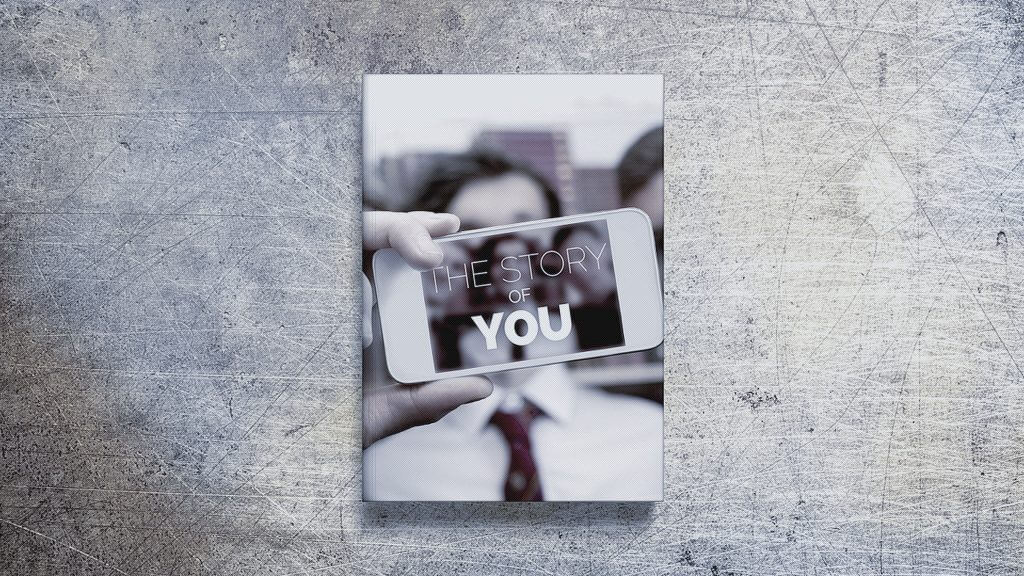During my basic military service in the Austrian Armed Forces, I had a lot of opportunities to marvel at oddities. One of the more harmless ones was the panacea for a wide variety of physical ailments: Vaseline! First of all, this crème de la crème did not primarily have medical connotations among us uniformed jokers in our teens and naturally provoked irritation and crude jokes when the equally uniformed doctors prescribed Vaseline as a medicine. According to the therapeutic principle "If it doesn't help, it won't hurt", Vaseline was prescribed for blisters on the feet and for everything else that could theoretically be helped by applying cream with imagination and good will. But the good ointment never did in practice. This at least led us brave defenders of the fatherland to realise that time heals - if not all - then at least most wounds.
Storytelling - the perfect lubricant
It seems to me that the Vaseline of marketing communication of our time is storytelling. A lubricant in the heart of the client and also in many other target areas. A panacea that is applied to everything and everyone, whether it helps or not.
We don't know what to do, but let's say "storytelling", add a neat "narrative" to our therapy talk and maybe a meaningful "framing" if it fits, or even if it doesn't. But the main thing is storytelling. But the main thing is storytelling. As a brand, we have to tell our story! In general, now that Snapchat, Instagram and Facebook offer a story feature.
Storytelling - the perfect method
Storytelling has been a grandiose method since time immemorial. It is said that Homo Sapiens only prevailed over Neanderthals in evolution because, as Homo Narrans, he developed the ability to tell stories and was thus able to organise himself, his social structure, his diet and his security and defence effectively. I wasn't there at the time, but it makes sense to me.
"Whoever tells the best story wins", they say. The evolution of Homo Sapiens is a solid proof of this, I think, and so is the breathtaking leadership of story-powerful politicians, founders of religions and business heroes. It's not for nothing that the world agrees that storytelling is one of the most important business skills of our time.
Storytelling - the wrong tool
Just as the media world and its inhabitants have changed rapidly and completely, so too must we marketing communications people change. Rapidly and completely. Our thinking, our actions, our tools.
First of all, this means we can say goodbye to pushy distribution of our advertising messages forever and switch from push to pull: to magnetic storytelling. A fabulous tool!
However, the devilish thing about tools is that you have to use them properly, otherwise things go wrong. Someone must have smeared the handle of Storytelling quite thickly with Vaseline, because the good part constantly slips out of the hand and hits the eye unerringly.

Our story interests ... no one
If we understand the idea of brand storytelling as "we have to tell the story of our brand", then we have thoroughly misunderstood it. Because in fact, no one cares about our stuff, as much as we are justifiably self-absorbed in the qualities of our products and services.
People are only interested in their own stuff, in who or what supports them in making their lives easier, safer and more enjoyable than before, in what makes them happy. Preferably everything at the same time, immediately and with as little effort as possible.
Values - the secret connection code
People look for like-minded people because that is the most efficient way to achieve their goals - emotional as well as material. Like-minded people can be individuals, but they can also be brand personalities.
Like-minded people can be recognised only and quite clearly by their common values & longing panorama. We are fans of ... We love ... We want to have the same ... We want to get rid of the same ... We protect ... We loathe ... We laugh at ... We feel ...
We share common values.
Two pitfalls for storytelling
Storytelling, as it slips through the buzzword sluices in a well-creamed manner everywhere, falls into two pitfalls.
- When we "tell the stories of our brand", this is again done from a position from above, so it's nothing different than pushing advertising, just wrapped up in a new way. Even in disguise, advertising really gets on people's nerves.
- People are only interested in their own story. A brand that wants to communicate successfully cannot tell stories about itself, but only about its customers. The most we can do is tell ourselves the "stories of our brand".
One of the most basic rules for filmmakers is: "Show, don't tell", because film is first and foremost a visual storytelling medium, unlike a radio play. Following this rule, my grandmother, old Story Dudette, embroidered the wise phrase on the cover of her favourite pillow: "Share, don't tell".
Share, don't tell!
We must not tell stories of our brands, we must find the common story of our brand and our audience and share it with people. We can only do that when we know the common values, the common desires. What we love, protect, loathe, what we desire ...
Real storytelling means sharing common values, so we should forget story-telling and do story-sharing. Every story has a so-called narrative, but not every narrative has a story. This is as systematically confused as turnover and profit.
A story that can do both - build a wonderful narrative about values - is a current viral hit from the Norwegian Ministry of Family Affairs, which is using this film to draw attention to the need for new children's foster homes and foster families.
And even if storytelling is now driven through every village as an annoying buzzword, the following applies to every company, young or old: "No Story. No Glory."
